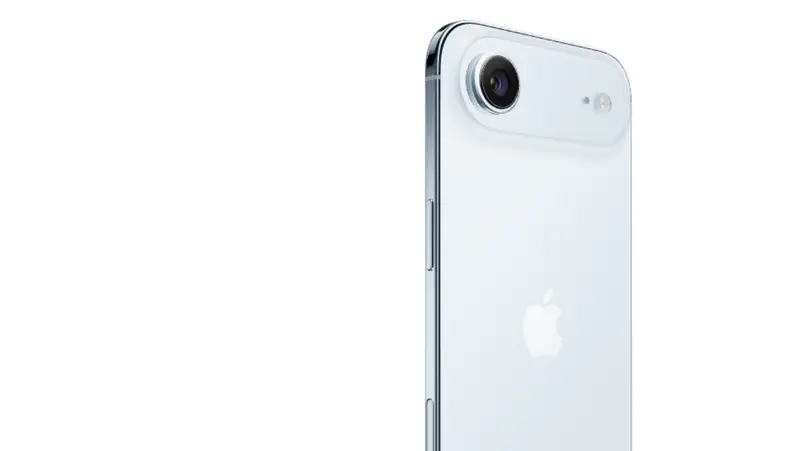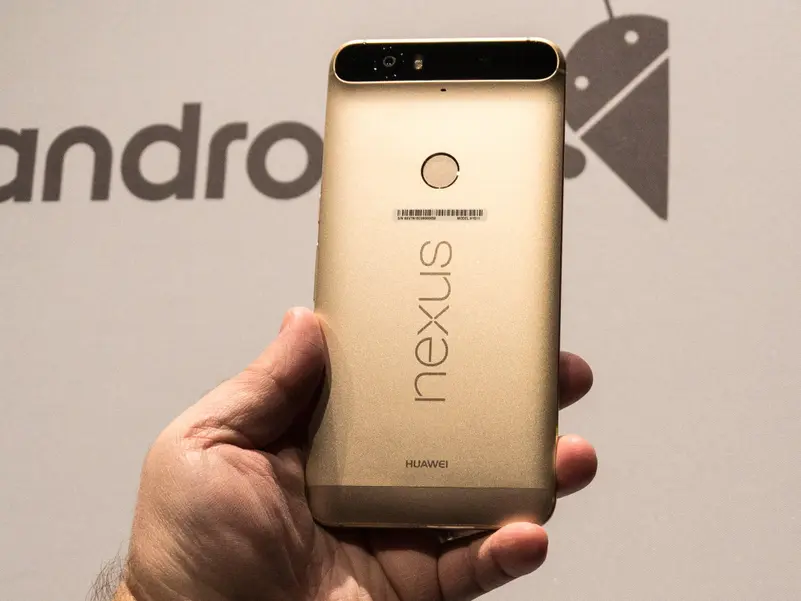Did Apple Copy Huawei’s Design? iPhone 17 Air Sparks Nexus 6P Comparisons

The debut of the iPhone 17 Air was supposed to be a celebration of Apple’s most daring design yet: the thinnest iPhone in history at only 5.6mm. But just days after its unveiling, a new debate emerged that has captured the attention of tech enthusiasts worldwide. Critics claim that the iPhone 17 Air’s rear camera design is not entirely original, instead echoing the look of Huawei’s decade-old Nexus 6P. Is Apple guilty of borrowing inspiration from its competitors, or is this controversy an exaggerated throwback to smartphone history? Let’s break down the similarities, differences, and what it means for Apple’s design credibility.
The Origin of the Debate
When Apple revealed the iPhone 17 Air, the spotlight quickly shifted from its impressive thinness to its rear camera design. The phone features a single-lens camera system embedded within a wide horizontal strip, a look Apple calls “The Plateau.” While Apple emphasized this design as an innovative choice that balances form and function, many observers were quick to notice its resemblance to the Huawei-Google Nexus 6P, launched back in 2015. The Nexus 6P featured a similar horizontal bar across the back, sparking claims that Apple may have recycled an old idea.
How Thin Is Too Thin?
The iPhone 17 Air is a marvel of engineering at just 5.6mm thick, making it slimmer than the Samsung Galaxy S25 Edge, which measures 5.8mm. Thinness has always been a central part of Apple’s design philosophy, but it often comes with concerns about durability. As discussed in our coverage of whether the iPhone 17 Air bends easily, Apple has reassured consumers that the titanium frame ensures long-term resilience. Still, by prioritizing aesthetics, Apple risks intensifying the debate around function versus form. And in this case, the focus has shifted to whether “form” is even original.
The Nexus 6P Connection
The Huawei Nexus 6P was a flagship smartphone co-developed with Google nearly ten years ago. It featured a unique camera module positioned in a horizontal strip at the top of the back panel. At the time, it was praised for its bold departure from vertical camera arrangements. Fast forward to 2025, and Apple’s iPhone 17 Air seems to echo that same visual design element. Tech forums, especially in Asia and Europe, have been flooded with side-by-side comparisons of the two devices, fueling the accusation that Apple has “copied” Huawei’s blueprint. For many, the resemblance is more than coincidental.

Not a Carbon Copy
However, industry experts urge caution before labeling the iPhone 17 Air a clone. While the horizontal strip is a shared design choice, the execution differs significantly. On the Nexus 6P, the bar was raised slightly above the back surface, housing multiple sensors and a distinctive glossy finish. By contrast, Apple’s “Plateau” design is more flush, refined, and integrated seamlessly with the ceramic shield glass back. The iPhone 17 Air also uses a single high-performance 48MP lens supported by AI computational photography, compared to the Nexus 6P’s older dual-camera technology. In other words, the resemblance lies in silhouette, not substance.
Apple’s Design Philosophy
Apple has always positioned itself as an innovator, but history shows that even the most iconic Apple products often borrowed from existing ideas and elevated them. The original iPhone borrowed elements from earlier smartphones but transformed them into a sleek, touchscreen-first device. The iPad drew skepticism for being a “big iPhone,” yet it created a whole new category. The iPhone 17 Air may not be immune to the same criticism. As Apple executives argue, inspiration is not the same as imitation. And by integrating a modern interpretation of an older design, Apple may simply be reminding the industry that good ideas never expire.
Performance and Features Beyond Design
Beyond the controversy, the iPhone 17 Air delivers specifications that make it one of the most advanced smartphones of 2025. Powered by the A19 Bionic chip, it delivers lightning-fast performance with improved energy efficiency. The phone supports only eSIM connectivity, a bold move that has led to regulatory challenges in China, as reported earlier when Apple delayed pre-orders in the region. It comes with a 6.2-inch OLED Super Retina XDR display at 120Hz, ensuring smooth scrolling and immersive visuals. Battery life is optimized with a new stacked-cell design that supports up to 22 hours of video playback, while fast-charging technology ensures quick top-ups.
Comparisons with Modern Rivals
In the current market, Apple’s iPhone 17 Air competes with ultra-thin devices from Samsung, Xiaomi, and Oppo. The Galaxy S25 Edge, for instance, matches Apple in thinness but does not adopt the horizontal strip camera design. Xiaomi’s Mix Ultra also emphasizes minimalism but features a circular camera island. Apple’s decision to embrace a bar-style design, even if reminiscent of older models, sets it apart in today’s crowded landscape. If anything, it helps differentiate the iPhone 17 Air visually from other slab-like devices. And for users concerned about long-term performance, our guide on speeding up your slow phone provides practical tips.
Consumer Perception and Backlash
Public reaction has been mixed. On one hand, loyal Apple fans see the iPhone 17 Air as a sleek, futuristic smartphone that finally reinvents thin design. On the other hand, critics accuse Apple of leaning too heavily on recycled concepts. Online polls suggest that nearly 40% of respondents believe the iPhone 17 Air’s camera bar was inspired directly by the Nexus 6P. Still, most admit that execution matters more than origin. Apple’s careful refinement, use of premium materials, and integration with its broader ecosystem give the iPhone 17 Air an edge that no decade-old design can match. For those interested in protecting their devices, our article on signs your phone may be hacked offers valuable security insights.
A Historical Perspective
It’s worth remembering that smartphone design has always evolved through cycles of inspiration. The notch, the punch-hole camera, the curved display—all these features appeared on one device before becoming mainstream. The Nexus 6P’s design was influential in its time and inspired Google’s later Pixel lineup. In that sense, Apple’s iPhone 17 Air may simply be carrying the torch of an old idea into a new era, enhanced by modern technology. Just as importantly, Apple’s global influence ensures that millions of users will experience this design for the first time, without any memory of the Nexus 6P.
Conclusion
The controversy over whether Apple copied Huawei’s Nexus 6P design highlights the tension between innovation and inspiration in the smartphone industry. While the iPhone 17 Air undeniably resembles a phone from a decade ago, its execution, materials, and features set it apart as a modern masterpiece. Apple may not have invented the horizontal bar design, but it has refined it in a way that aligns with its identity. For consumers, the debate may ultimately matter less than the phone’s performance, battery life, and overall usability. The iPhone 17 Air is more than just a design—it is a statement of Apple’s vision for the future.